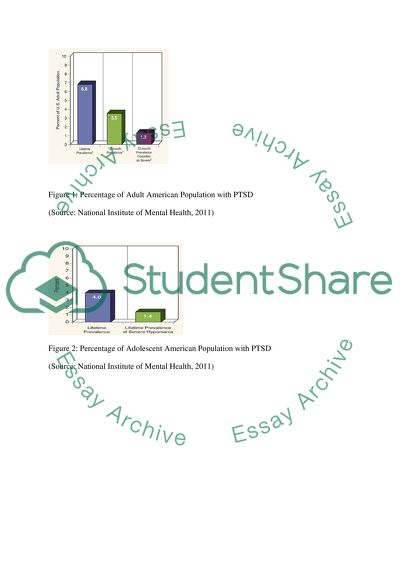Cite this document
(“The Effect of PTSD on family relationship among Asian American Research Proposal”, n.d.)
Retrieved de https://studentshare.org/psychology/1390376-the-effect-of-ptsd-on-family-relationship-among
Retrieved de https://studentshare.org/psychology/1390376-the-effect-of-ptsd-on-family-relationship-among
(The Effect of PTSD on Family Relationship Among Asian American Research Proposal)
https://studentshare.org/psychology/1390376-the-effect-of-ptsd-on-family-relationship-among.
https://studentshare.org/psychology/1390376-the-effect-of-ptsd-on-family-relationship-among.
“The Effect of PTSD on Family Relationship Among Asian American Research Proposal”, n.d. https://studentshare.org/psychology/1390376-the-effect-of-ptsd-on-family-relationship-among.


